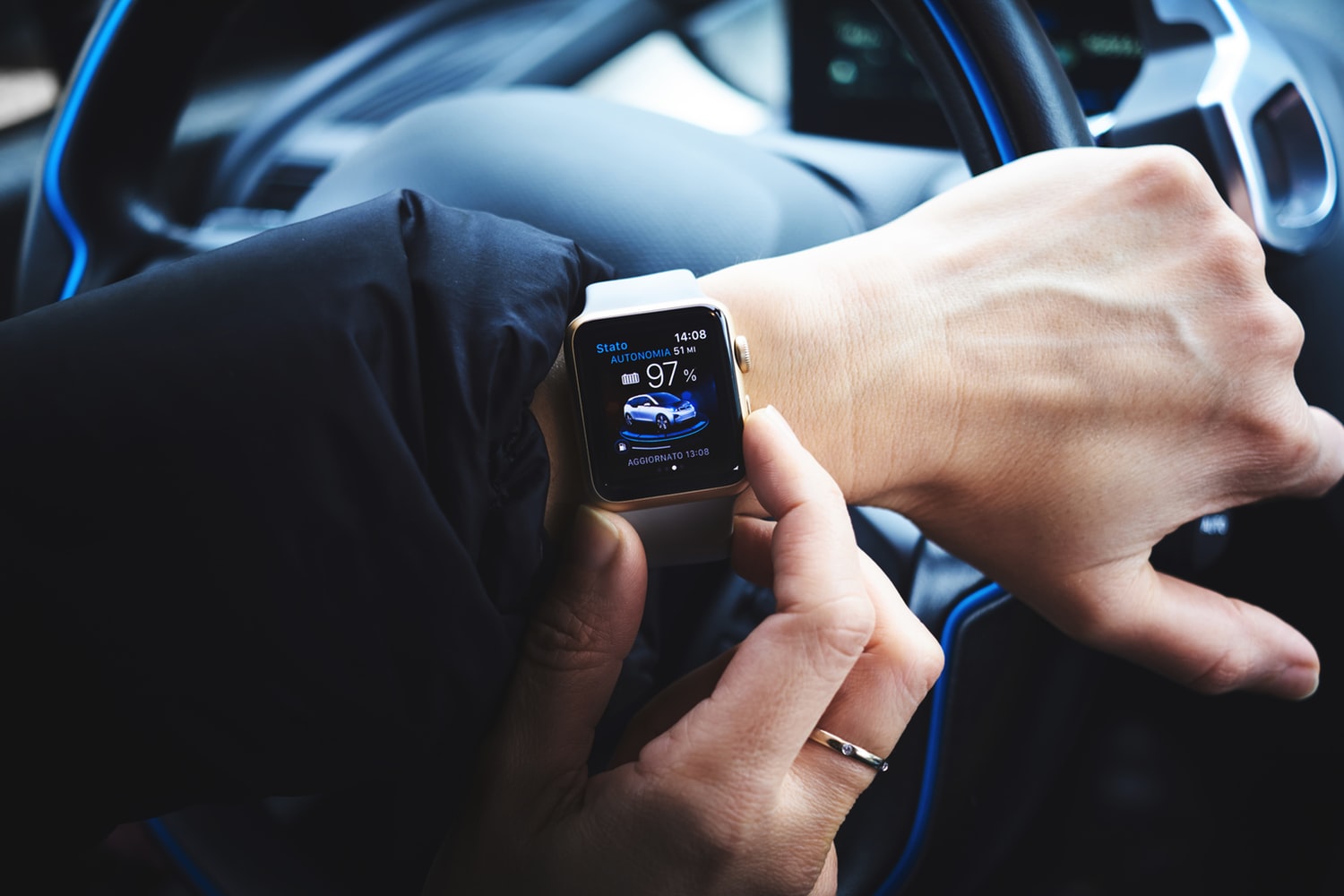New Wearable Tech Making Roads Safer

New autonomous technology is making big waves in the media, with the connected vehicles market in particular heralding a new era of safety in the automotive industry, according to a Reports and Data report. Vehicle-centered technology isn’t the only industry seeing major activity: the wearable tech market, focusing on the drivers themselves, is also seeing big advances set to reduce the effects some of the biggest risks associated with car accidents – including drowsiness.
Fitness trackers, smartwatches, cameras and headsets are just a few devices that are connecting up to fleet management systems, thus allowing commercial vehicle companies in particular to monitor everything from temperature to driver health and the state of transported goods.
Eventually, it is estimated that these technologies will ‘trickle down’ to individuals, adding an extra layer of protection for drivers, passengers and pedestrians on a global scale.
Table of Contents
Top Wearable Tech Developments
Many companies have already developed wearable tech that detects when drivers are sleepy based on their pulse rate. Fujitsu, for instance, has developed a device called FEELythm, originally designed for trucking companies but adaptable to everyday drivers.
The device comprises a light plastic band that is worn around the neck. The band is connected to clips that are placed on the earlobes. The device monitors the heartbeat, utilizing a specific algorithm to detect when the driver is becoming drowsy.
The driver is then given a loud notification that alerts them to the danger. “In the near future, it will be possible to improve safe-driving management by predicting dangers before they occur based on an accumulation of sensor data indicating fatigue, stress, and tension,” said Fujitsu representatives.
Measuring Alertness
Another company, SmartCap Technologies, has created a monitoring solution that reduces accident risks while improving driving retention through health and wellness programs. SmartCap has created a headband that is fitted into any headwear – including caps and hardhats.
It relies on EEG technology to measure brain activity, thus measuring the driver’s alertness and fatigue. This so-called ‘predictive technology’ allows drivers to be aware of moments in which ‘microsleep’ takes place, awakening the driver immediately.
What Is Microsleep And Why Is It So Dangerous?
Microsleep is a period of sleep that can last from a few to several seconds. For some people, this happens during the day while they are carrying out daily tasks such as driving. Those who experience it can show signs such as bodily jerking or staring into space.
The National Highway Traffic Safety Administration estimates that drowsy driving was responsible for 72,00 crashes in the U.S. Road accidents have serious legal consequences, which companies with fleets of trucks and other vehicles are battling with wearable technology – to mention just one approach. Wearable tech can help companies determine the cause of accidents so that vital steps can be taken to reduce percentages.
They can also serve in a legal sense, helping to establish the cause of driving accidents. Companies showing they have taken steps to ensure drivers are alert protect themselves by demonstrating that they have gone the extra mile to respect their duty of care.
Medical Emergency Information
New smartwatches can measure a driver’s heartbeat and other vital signs, letting them know if they are undergoing a medical emergency.
These devices can notify both the driver and emergency medical services, so that the driver can receive prompt attention. Some devices have an alert button that contacts predefined caregivers or a specific health provider support line.
Drivers Within A Network
Wearable devices that ensure drivers stay awake are just one step of a complex network that includes tech fitted in the vehicles themselves rather than just on the driver. Another strategy targeted at fleet managers to boost safety connects vehicles: this is called truck platooning.
It involves linking two or more commercial vehicles in a convey, using connecting technology and automated driving support systems. Through truck-to-truck wireless communication, rear trucks can automatically start braking even before the front truck starts to slow down in order to avoid a collision.
This means that trucks can drive closer to each other, thus avoiding drag and making for a more efficient convoy system. Platooning enables vehicles to stay at a safe distance from each other while employing optimal speed.
The Benefits Of Platooning
Technology linking trucks or other commercial vehicles together does more than boost safety. It also lowers carbon emissions by reducing air-drag friction between trucks (since they drive more closely to each other). According to a study by Ertico, CO2 emissions can be reduced by 16%.
Platooning also helps drivers arrive at their destination quicker and reduces the chances of accidents with other vehicles on the road. Testing by the US Department of Energy and Transportation has also shown that platooning can result in double-digit fuel savings owing to improved aerodynamics.
Wearable technology is already helping to save lives on the road. Light bands that inform wearers when they are having a micro-sleep or when they are simply fatigued can remind the driver that it is time to rest.
Driving as part of a wirelessly connected platoon can add fuel efficiency and sustainability into the equation, and make commercial driving more fuel-efficient.




